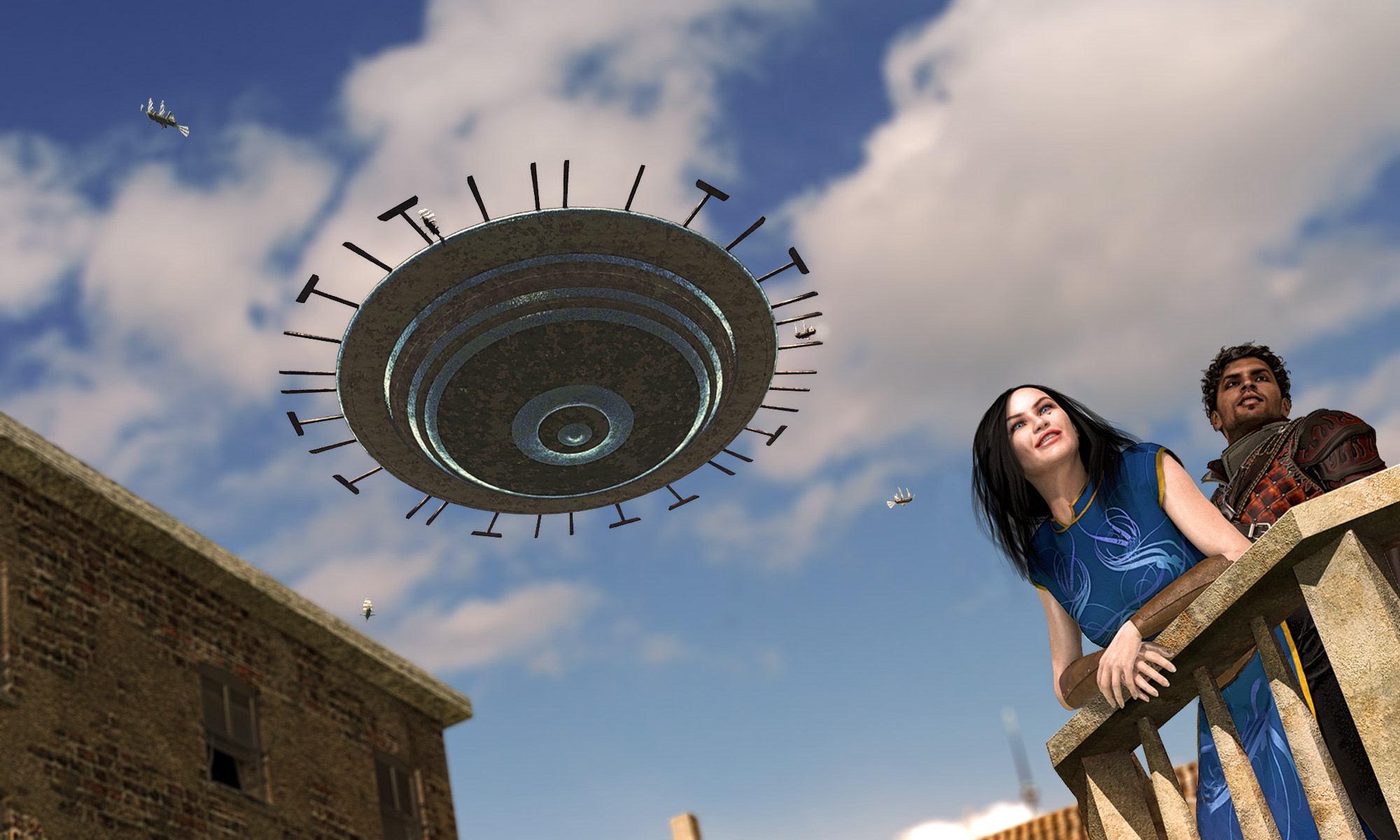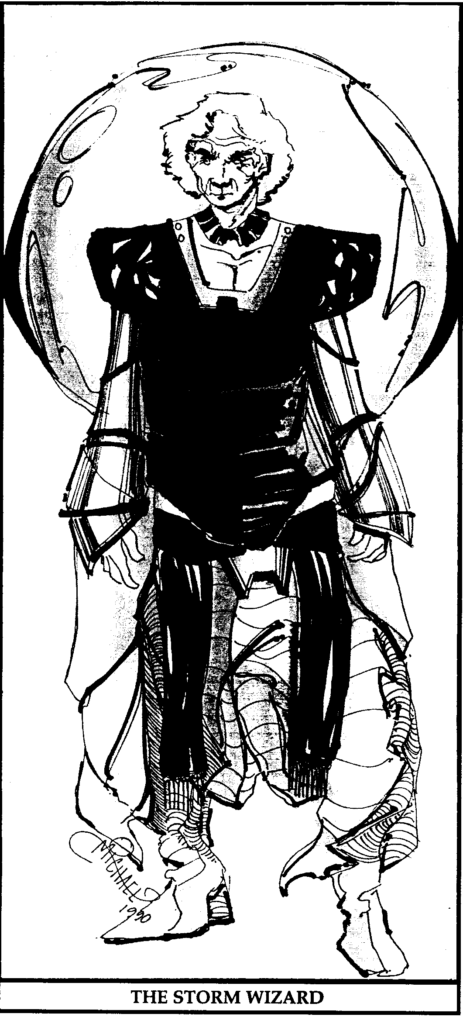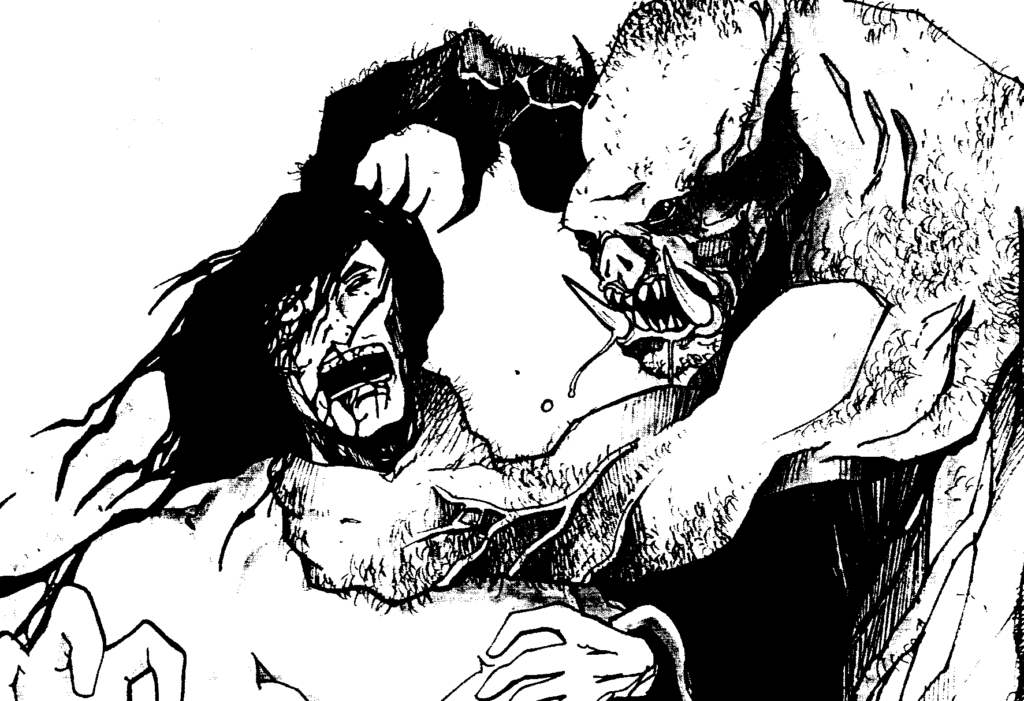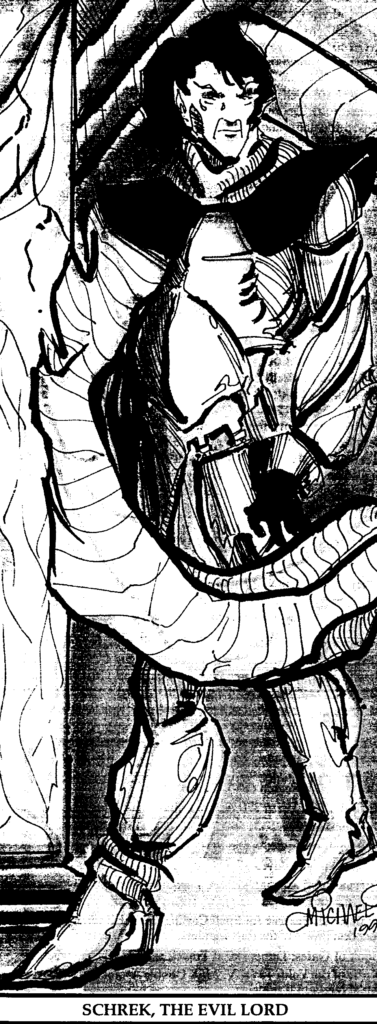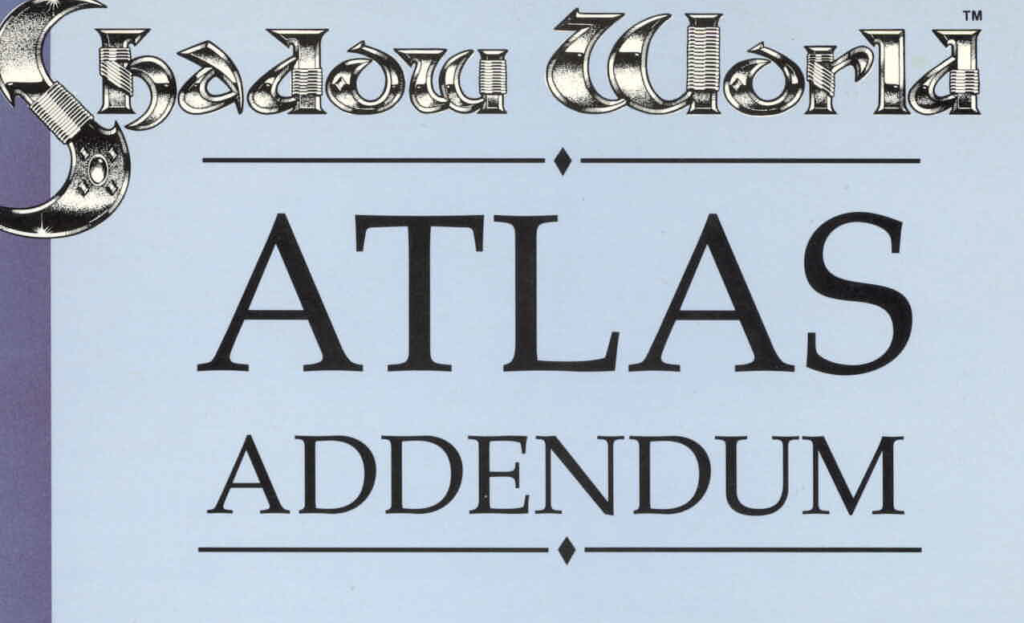
It’s been a long time since I’ve played a character in Rolemaster. Early on I became the GM and have filled that role to this day. But when I did play it was usually as the Warrior Monk “Caylis” (who later became a regular NPC in my Shadow World campaign). In general Monks have been problematic in RPG’s–with some cool abilities but lot’s of weaknesses and shortcomings. Like many of RMs professions, the Warrior Monk was drawn from the templates D&D provided.
Some memorable special abilities in D&D include “Feign Death” and “Quivering Palm”, neither of which made the translation to RM. Due to RM’s lack of inherent professional abilities, RM’s Warrior Monks were just unarmed fighters with a few low cost skills like Adrenal Defense and Adrenal Moves. So unless you play a spell-casting Monk, you didn’t have much for special abilities and had some limitations:
- Inability to wear armor or be encumbered to utilize Adrenal Defense
- Martial Arts were arguably not effective against animals and much larger creatures.
- No parrying.
- Martial Arts have to be developed in Ranks, so the most effective Rank 4 will lag in development (and skill bonus).
Early rules did include some options for quick strike, multiple attacks and engaging multiple opponents and also had rules for Weapon Kata so Warrior Monks had some increased combat abilities, but were basically slightly less effective fighters. While I still am a fan of Warrior Monks they definitely had their limits. So where do Warrior Monks fit into Shadow World?
Fortunately, Terry incorporated both the Warrior Monk and the Monk into a famous monastic institution: The Changramai Monastery. As Terry notes in Emer I, the Monastery is more of a school and training center than a true monastic or religious organization. Nonetheless, the Changramai were renowned for their fighting ability and the school hires out skilled Changramai to serve as bodyguards throughout Kulthea. To be hired out, Changramail need to have achieved at least the “Third Veil” which is around 10th lvl.
There are a number of references to the Changramai in Canon with which we can construct a better picture of the Changramai. Some mentions in the books include:
- The Nomikos Library used Changramai extensively as guards throughout the facility. Nomikos Changramai are 6th lvl.
- The Nameless One is protected by 4 Changramai.
- The “Black Velvet” Brothel also uses Changramai as guards.
- Kyan Kim is a named NPC and trained in the Changramai school, living in Eidolon. He is 8th lvl.
- The Monastary was established in 2500 Second Era. “It is believed that the Changramai are disenchanted Xiosians who left the service of the Titans”
- Terry introduces a new special weapon: the Jata. This is a thrown, circular, 3 bladed weapon that has virtually magical properties to attack multiple targets AND return to the thrower.
There are a number of other references of powerful figures in both Eidolon and Haalkitaine that use Changramai for guards. The implication is that they are either very competent, or so feared that they are never tested. But how does the realities of the Warrior Monk profession stack up to this reputation? Throughout the books, Changramai are described as “imposing”, “intimidating” and:
- Changramai monks can catch arrows, run on walls, leap incredible heights, punch through stone walls, and defeat half a dozen well-armed foes simultaneously with their bare hands.
- Are fearsome experts at unarmed combat. It is said that they can see things invisible and know a liar by his voice.
Certainly Monks, with their spellcasting ability can perform some of those feats, but are Warrior Monks truly that adept? If you look at Changramai stat block, the typical Nomikos Changramai is 6th lvl, has 90 hits, AT1 with a 90DB and has a 90OB using MA Strikes R4. Depending on your liberal use of Adrenal Moves, Warrior Monks would be hard pressed to “punch through stone”, “leap incredible heights” or “catch arrows”. As an added comparison, using Jaiman stat blocks, a Erlini Sentinel is 5th lvl, has 85 hits, AT1 50DB and a 90OB is Short Sword. Really not much of a difference. Changramai are basically comparable to many of the rank and file warriors in the Master Military Tables found throughout Shadow World books.
Of course those are rank & file. We would assume that the Nameless One, or Haalkitaine Royalty would engage higher level Changramai as befits their position, status and wealth. But even higher level Warrior Monks are just going to comparably scale up by level in comparison to Fighters. They still won’t have those legendary abilities ascribed to them, or attainable by Monks via their spell lists.
But if you want to “Punch Up” the abilities of Warrior Monks, or just the Changramai Warrior Monks, I would offer up a few of my own solutions:
- I eliminated the development Ranks for Martial Arts and instead use the Ranks as the effectiveness of the combat style. This is similar to the size limitations found on in the various Claw Law attack charts. The Changramai and Kortri Ta Shiin styles are Rank 4; lesser unarmed combat might be limited at Rank 1, 2 or 3. This represents the superiority of these fighting styles and reflects the deadliness of the Changramai combat system. Removing the Rank skill development also frees up a TON of DP’s for Warrior Monks to expand in other skills.
- I allow for parrying with martial arts–no bracers needed. If parrying is really a proxy for an offense or defense posture, than even an unarmed combatant can emphasize active dodging/defense over a full attack.
- I use specific weapon modifiers, unarmed combat has very low modifiers for initiative, engaging multiple opponents and attacking and engaging targets in 360 degrees. This gives martial artists a implicit advantage over weapon wielders for a variety of combat situations and allows them to engage multiple opponents with the least amount of penalties. This chart also includes penalties for parrying missile weapons–allowing Changramai to swat arrows away!
- I’ve modified Adrenal Defense and rolled in the “Yado” secondary skill. This allows Changramai to not only parry missiles but to catch them.
- I use a modified Adrenal Strength and Speed that further benefit martial artists.
- I have unlimited skill rank development and a modified rank bonus progression that allows for characters to accelerate a few skills through focused development. The creates a tradeoff between average development of a broad array of skills or fast development of a smaller, focused set of skills. This seems appropriate to a unique combat school like the Changramai Monastarey.
- Finally, I use a “no profession” system to my Shadow World campaign. Changramai Monks are neither “Warrior Monks” or “Monks” and have access to the BASiL Mentalism “Self” Spells. With these lists and the changes above, the Changramai skills are complete, indeed they are powerful as depicted in the Shadow World books.
Have you utilized the Changramai in your game? Have your players ever faced off against them or perhaps have Changramai training?
